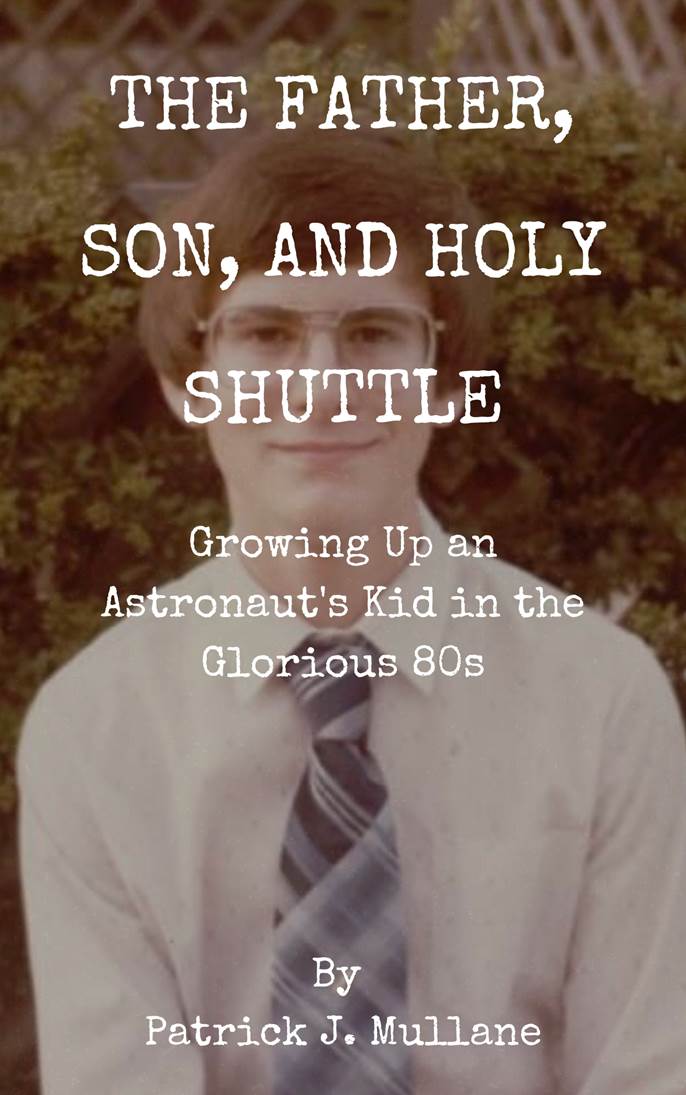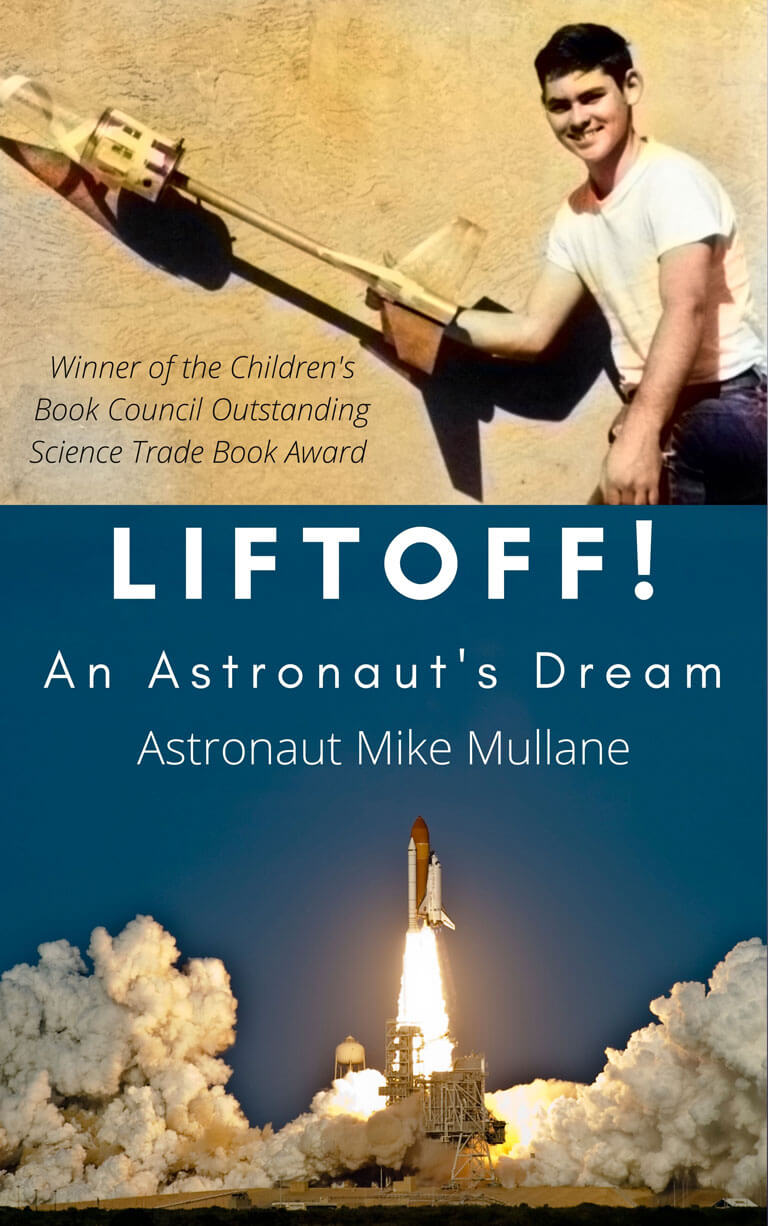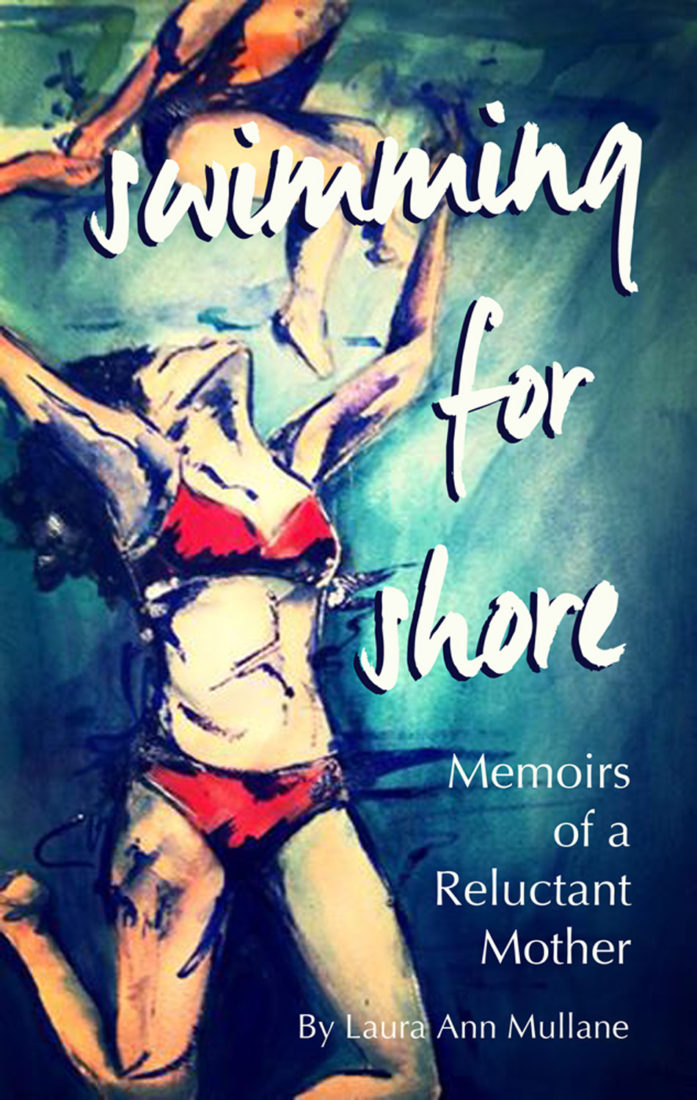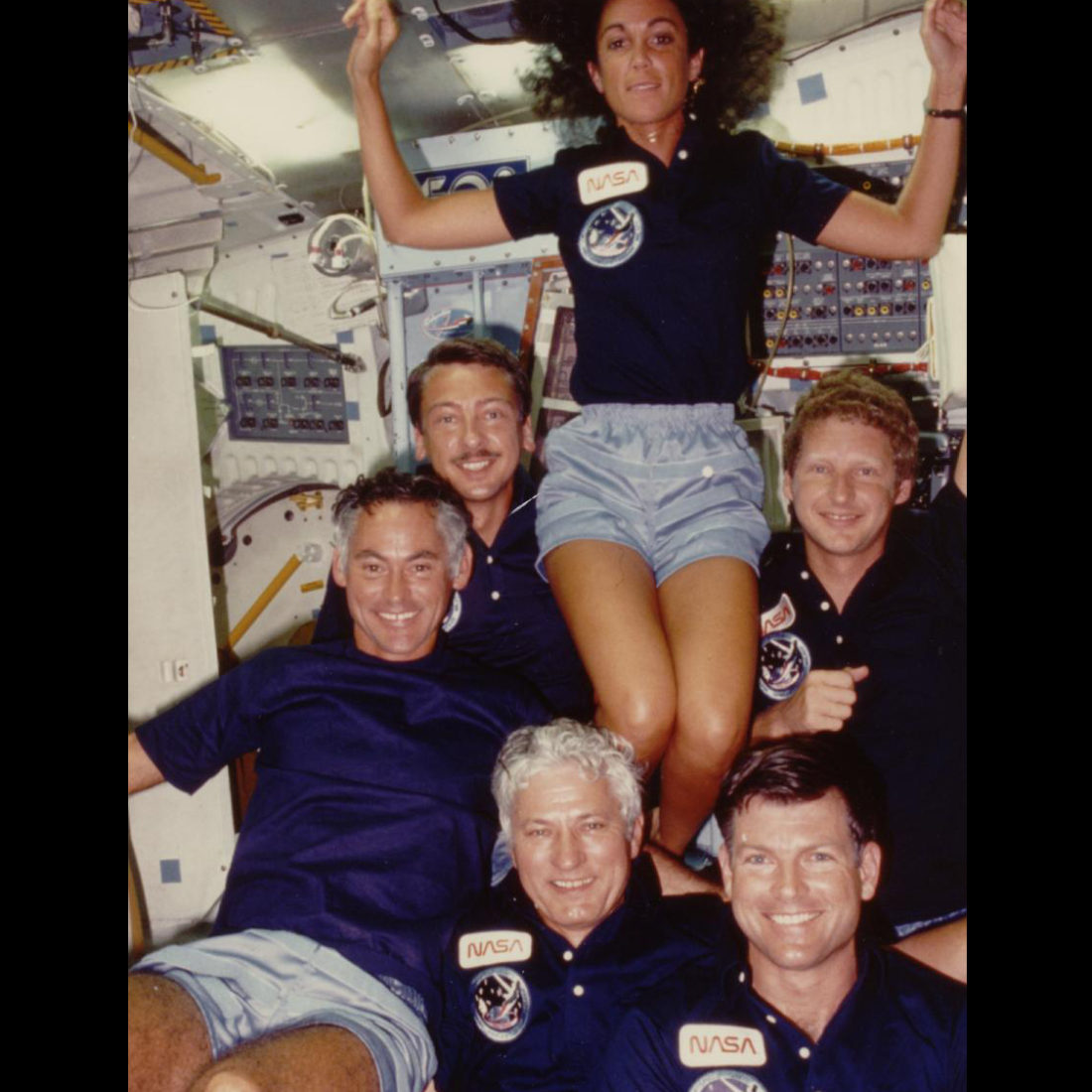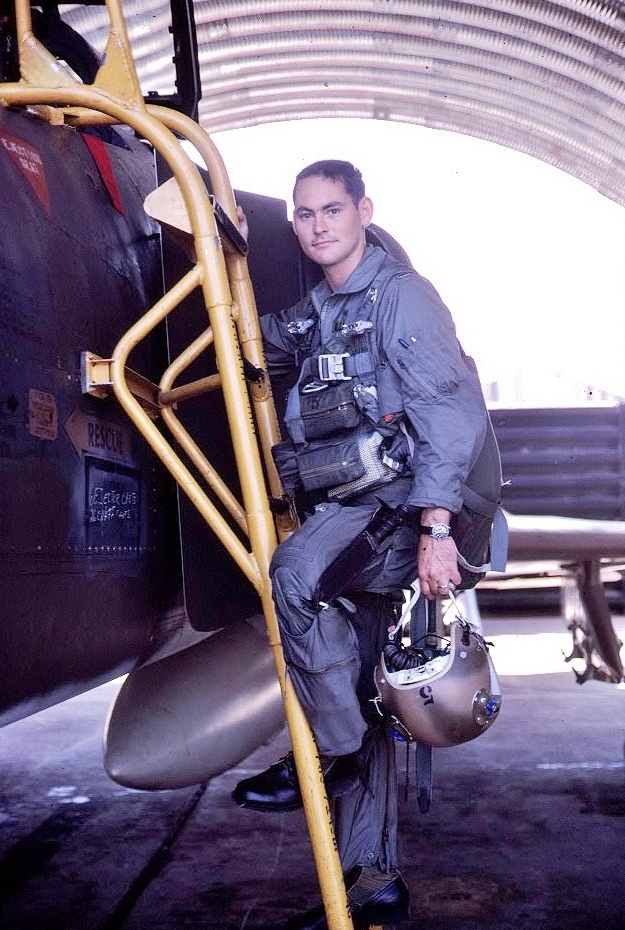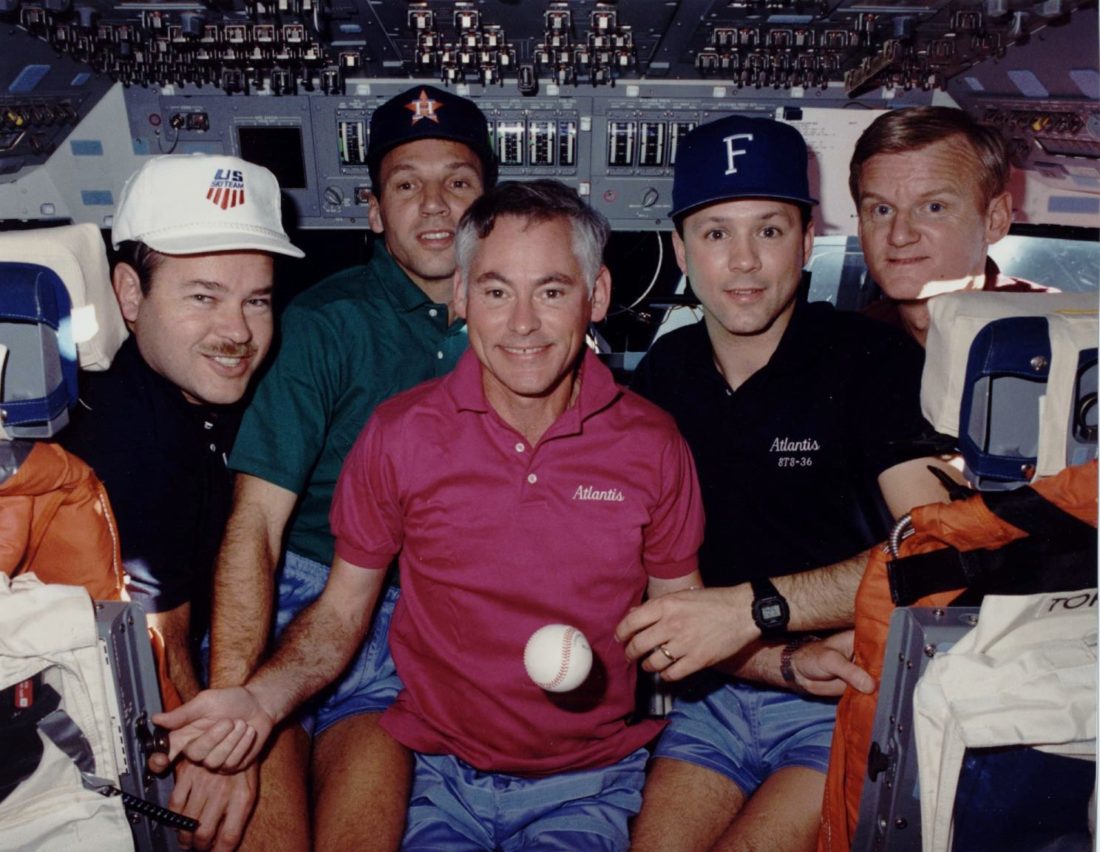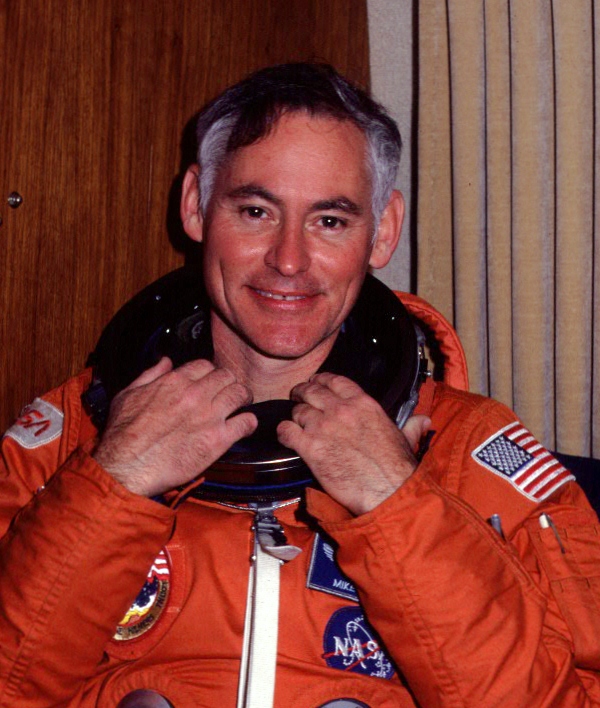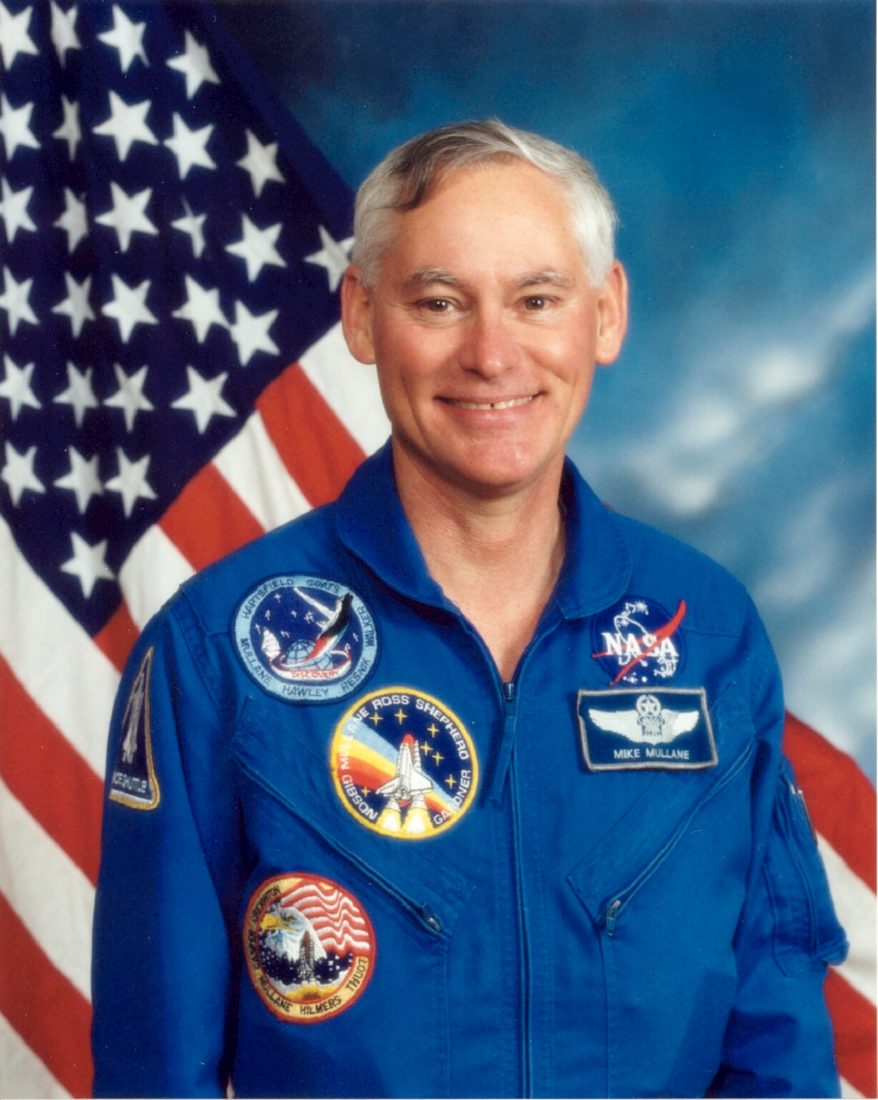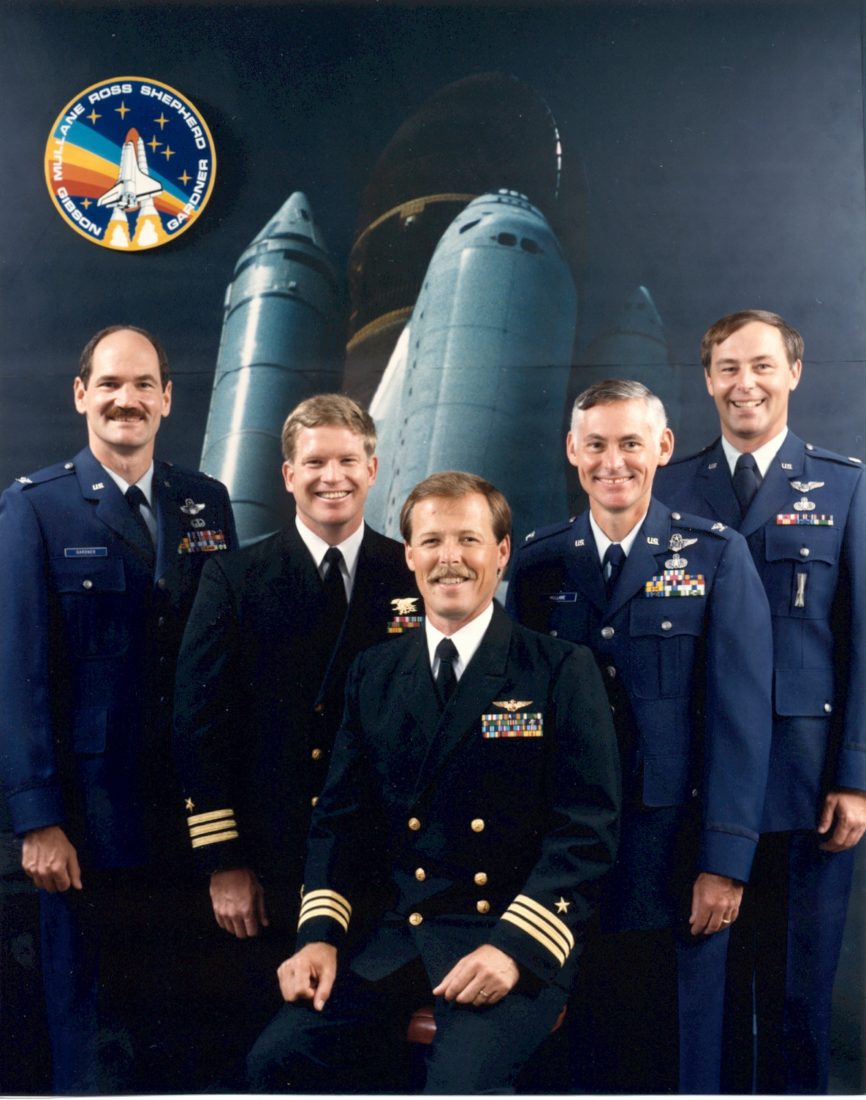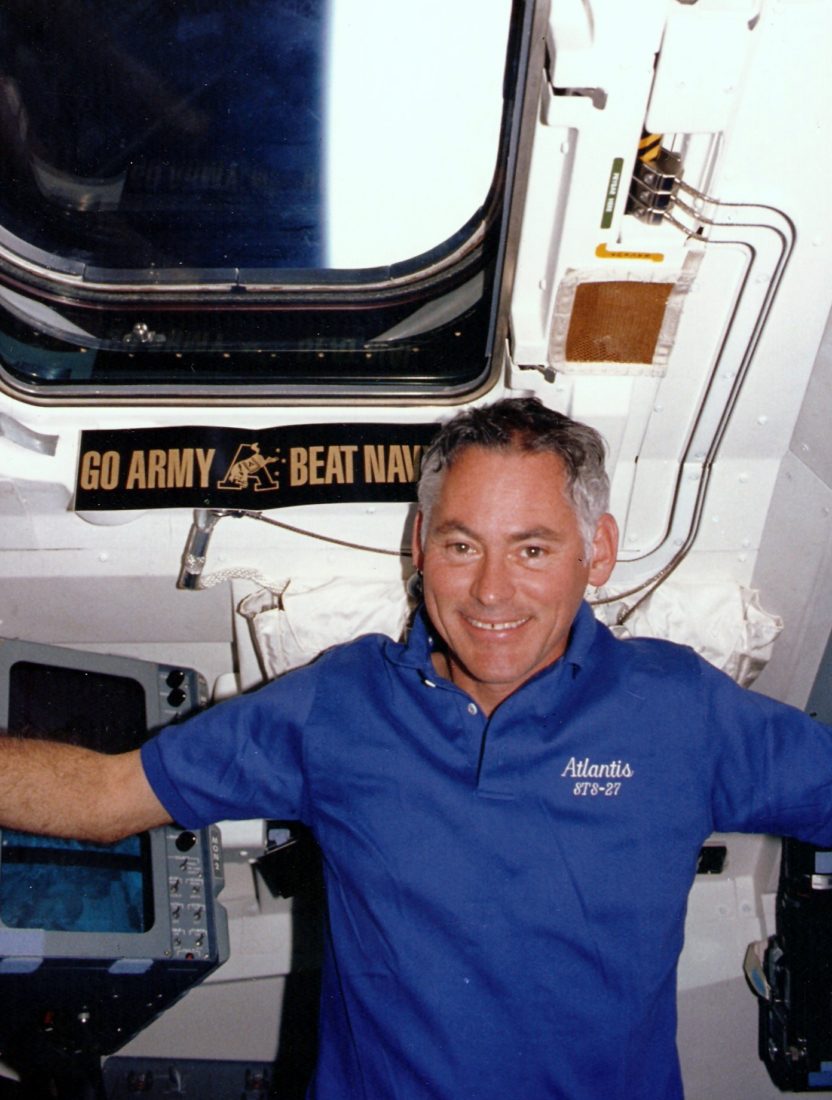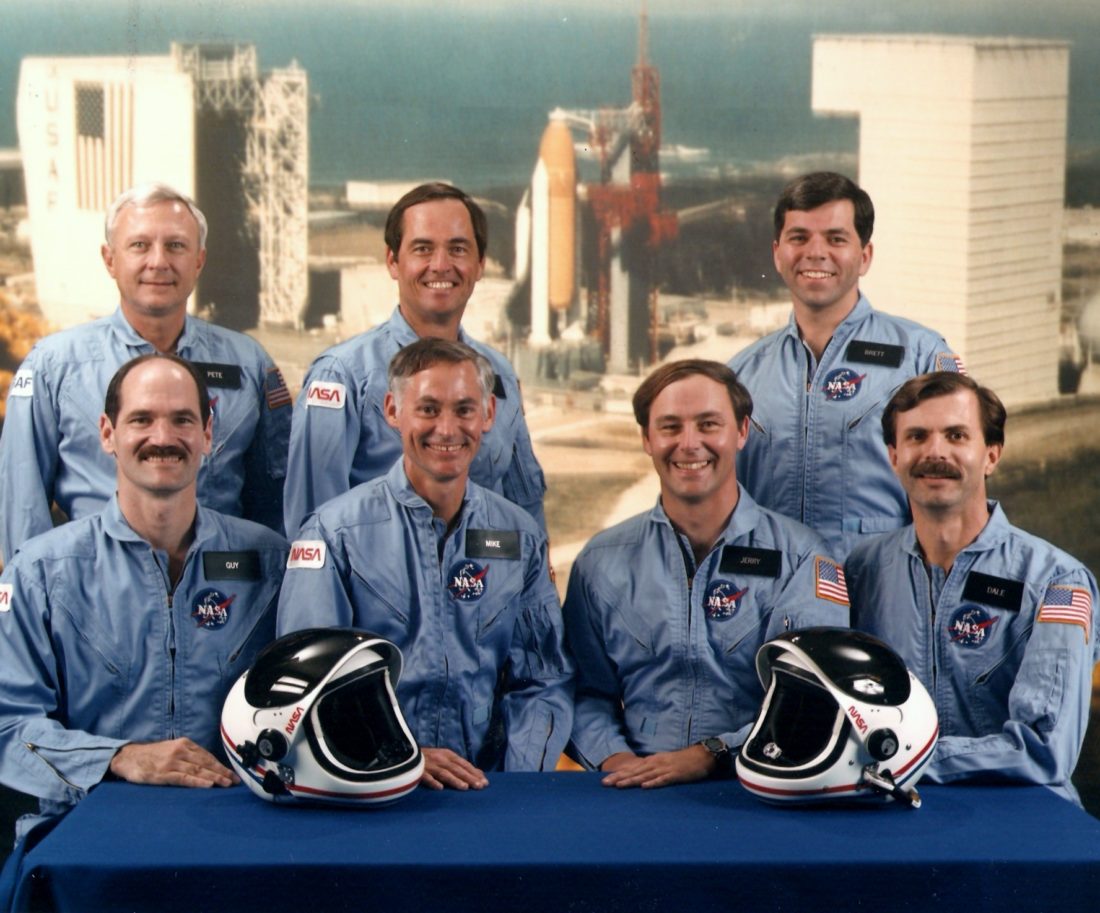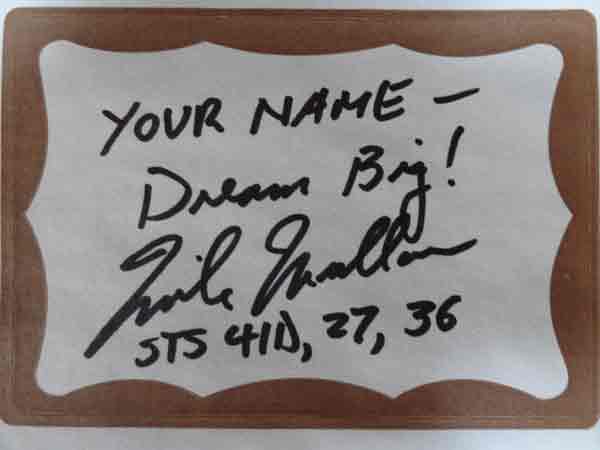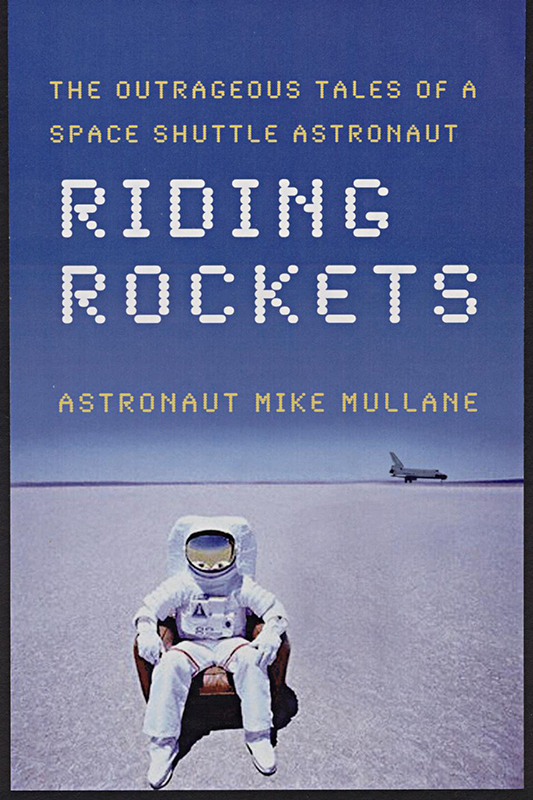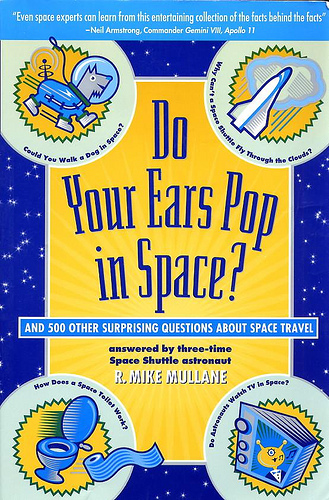The recent announcements that Sir Richard Branson will fly the first passenger mission aboard his Virgin Galactic rocket plane and Jeff Bezos will fly the first manned Blue Origin mission sent me spinning back to 1985. Christa McAuliffe had been assigned to a space shuttle mission as the first teacher in space. Other than the exchange of pleasantries in our passing through the halls of the astronaut office, she was a stranger to me. But what struck me most about her was her ever-present, megawatt smile. She was radiant with joy at the thought of her looming mission.
It was a smile which prompted me to wonder if she had any clue as to the dangers of spaceflight. I was reasonably certain NASA HQ had never discussed such dangers with her. The press release announcing her selection for the mission conveyed the desired subtext that the shuttle was a routine spacecraft. Danger? No reason to discuss that. The space shuttle was an airliner that just happened to fly in space. By the way, no astronaut believed that to be true. On every shuttle mission we were leaving fear-induced, butt-clenching creases in the seat cushions.
But, as intended by NASA HQ, the press and public swallowed the message whole. How about Christa, I wondered? It seemed likely she was in the thrall of that message, too, a possibility I found morally repugnant. Everybody deserved to know the risk they were taking when they climbed aboard a space shuttle. I wondered if the mission commander, Dick Scobee, had checked that box for her. Did he tell her words to the effect, “Don’t be fooled by NASA HQ’s press releases. This ride, as do all space missions, comes with great danger. You could die. And you need to go aboard with your eyes wide open to that fact.”
After the mission ended in tragedy, the question continued to haunt me. Did anybody ever warn her? It was only recently I learned the answer to that question. In the Netflix series on the Challenger disaster, there is an interview with Dick Scobee’s widow, June, in which she describes her husband’s worry that Christa was ignorant of the risks. After seeking June’s council on the issue, Dick decided to enlighten Christa, a reflection on his superb leadership and sense of responsibility. Obviously, the warning had no effect on Christa’s decision to fly. No surprise there. Her total dedication to the mission of inspiring young students could be seen in every interview she gave. Informed of the risks, she was still willing to put her life on the line for the mission.
I am sure, at the time, the press and public would have been aghast to have learned of Dick’s worry and his warning to Christa. As I said, the very fact NASA had put a teacher on a mission was a loud and clear signal there was no significant danger involved. You could see that message echoed by the network talking heads as they gave a light touch on the human interest associated with the novelty of the teacher mission. Sure, sometimes the words ‘risk’ and ‘danger’ popped up in the news feeds, but those occasions were rare.
And that brings me back to the present, and the recent announcements concerning CEOs Branson’s and Bezos’s flights. It is 1985 all over again. In the news coverage following those announcements, I saw the same incandescent smile on their faces, as had been on Christa’s. And just as it was with Christa’s mission, the talking heads covering the news focused on the novelty of the mission. There was zero discussion on the dangers involved.
We live in an exciting time for human spaceflight. SpaceX’s missions have become automatic, the identical mindset so many had for space shuttle missions on the eve of Challenger’s fatal flight. So confident is Elon Musk in his rockets and capsules, he is allowing a privately purchased 4-person, 3-day mission, in which there will be no astronaut or company engineer/test pilot aboard the Dragon capsule. A Japanese billionaire has also purchased a 2023 SpaceX mission around the moon.
Jeff Bezos’s confidence in his launch system is reflected in his inclusion of his brother on that first mission, as well as an auction winner. I have also heard he is considering making the mission without the protection of pressure suits. I am sure he has no memory of the 1971 Soyuz 11 mission in which three cosmonauts died when their capsule suffered a pressure leak. They were flying without pressure suits.
In the context of these space successes and the CEO’s putting themselves in their own machines…the ultimate product endorsement…it is easy to understand how the press and public could fall into a belief system that spaceflight is no longer dangerous. And, to an extent, I would agree. It is certainly less dangerous than in the space shuttle era. That craft had no powered-flight escape system whereas both the SpaceX and Blue Origin designs include such a system. In the case of a catastrophic launch failure, the capsules on those rockets would be blasted away and parachuted to safety. The Russians protect their cosmonauts with a similar design which, in the history of their manned program, has saved the lives of two space mission crews. Those types of systems can cover a lot of launch failure modes. Virgin Galactic has no powered flight escape system, but that rocket-plane design is the product of some brilliant engineers who, I suspect, have designed to a fail-safe standard, i.e., one failure is not going to kill you. It would not surprise me to learn critical systems have redundancy deep enough to function after multiple failures.
So, a lot of very smart people have built some exceptionally good spacecraft. I would not hesitate to ride a Falcon 9/Dragon combo or a New Shepard. (I would have to know more about Virgin Galactic’s rocket plane design before making the same statement.) But even with this confidence, I would climb into the cockpit of all of these machines well knowing I could die…and I would certainly NEVER take my family with me. And, if I was a CEO, I would be certain to leave a succession plan.
Space is hard. A sharp engineer once coined that expression after a space mission failure where the odds of such a failure were as extremely low as they are for these upcoming CEO/tourist missions. That engineer was right. Space is hard…and dangerous for everybody who ventures into space. Even with fail-safe designs and launch escape systems, it does not change the validity of that statement. Maybe someday the risk in spaceflight will be what we currently enjoy with commercial aviation, but that day is not here yet and probably will not be for many years.
Has anybody reminded Bezos, Branson and Musk of that fact? That would certainly be an interesting conversation, “Hey, boss. Just thought you should know the rocket we built with all that money you gave us can still kill you.” But it needs to be said. And it needs to be said to every space tourist who follows.
Space is hard.
by Astronaut R. Mike Mullane
Author of Riding Rockets, the outrageous tales of a space shuttle astronaut.
Copyright 2021 by Astronaut R. Mike Mullane, all rights reserved.
